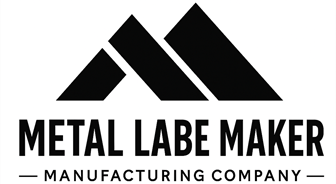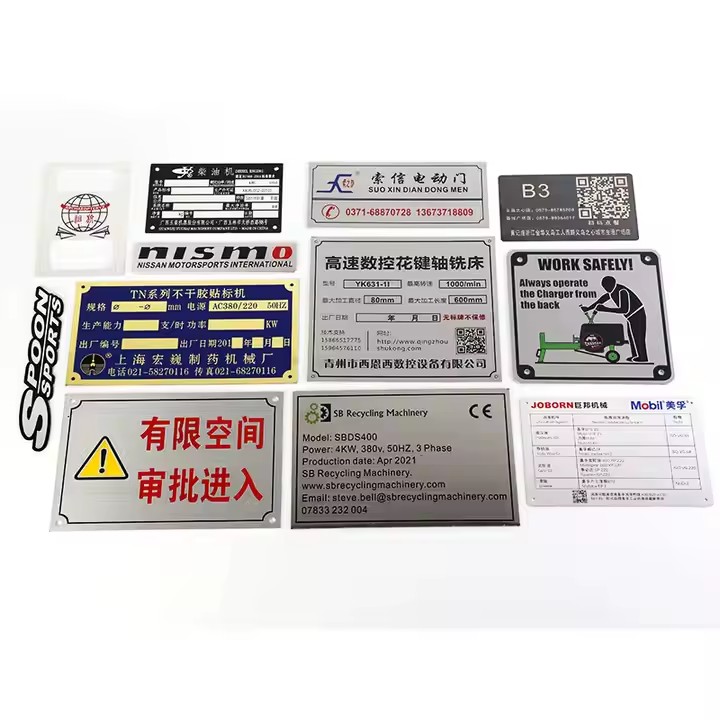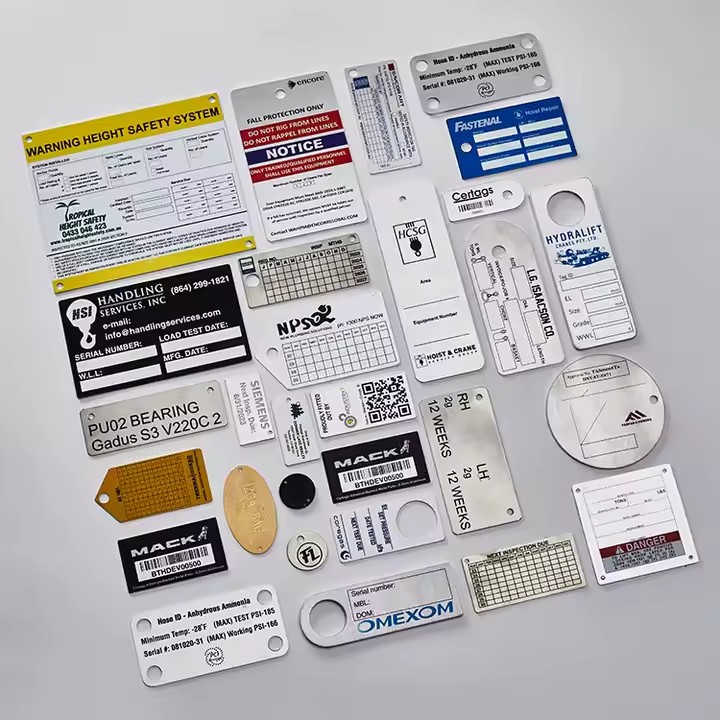Detailed Manufacturing Process of Metal Barcode Labels
Metal barcode labels play a crucial role in industries that require durable and reliable identification solutions. The manufacturing process is meticulous, ensuring the final product meets high standards for durability, readability, and accuracy. Below is a detailed overview of the typical steps involved in producing metal barcode labels.
1. Material Selection
The process begins with choosing the appropriate metal based on the application requirements. Common materials include stainless steel, aluminum, brass, and other alloys. Each material is selected for its strength, corrosion resistance, weight, and cost-effectiveness.
2. Metal Sheet Preparation
The selected metal sheets or strips are cut to the required size and thickness. Precision cutting techniques, such as laser cutting or stamping, ensure the blanks have clean edges and consistent dimensions ready for further processing.
3. Surface Treatment
Before marking the barcode, the metal surface undergoes treatments like polishing, sandblasting, or anodizing (for aluminum) to achieve a smooth, clean, and uniform surface. This improves the label’s appearance and enhances the durability of the barcode markings.
4. Barcode Marking
The barcode is applied using advanced marking techniques, including:
-
Laser Engraving: A highly precise method that etches the barcode into the metal surface, creating durable, scratch-resistant marks.
-
Etching: Chemical or electrochemical etching removes metal selectively to form the barcode pattern.
-
Printing: Specialized high-resolution printing can be used for certain applications, though it may be less durable than engraving or etching.
Laser engraving is preferred for its permanence and scan accuracy.
5. Additional Customization
Depending on customer requirements, labels can be further customized by:
-
Adding mounting holes for easy attachment.
-
Applying adhesive backing for stick-on labels.
-
Incorporating protective coatings to resist corrosion, UV exposure, or abrasion.
-
Cutting into specific shapes or sizes.
6. Quality Inspection
Each label undergoes strict quality control checks to ensure barcode readability, dimensional accuracy, surface finish, and overall durability. This includes scanning the barcode to verify its accuracy and testing for resistance to environmental factors.
7. Packaging and Delivery
Finally, the finished metal barcode labels are carefully packaged to prevent damage during shipping and delivered to customers in bulk or custom quantities.
Conclusion
The manufacturing of metal barcode labels involves precise material selection, advanced surface preparation, and cutting-edge marking technologies to produce durable and reliable labels. Understanding this process helps customers appreciate the quality and performance benefits of metal barcode labels, making them a trusted choice across many industries.
![]()
![]()





